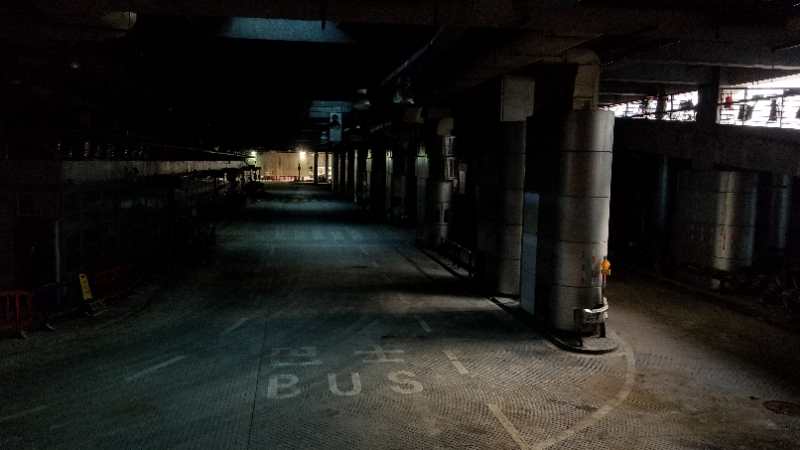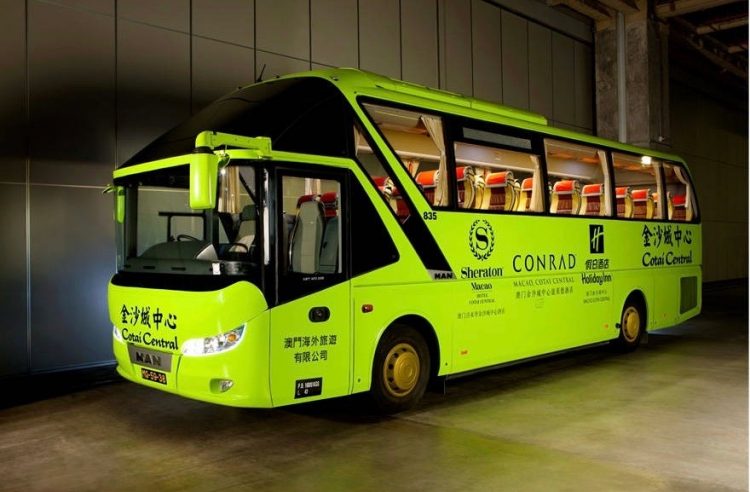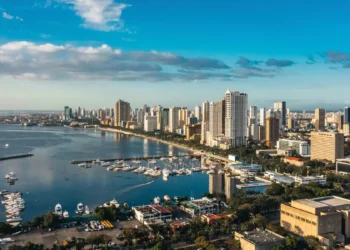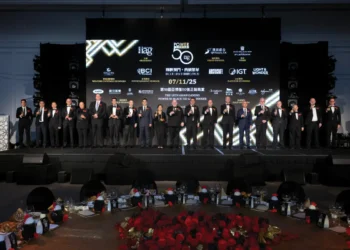One of Macau’s key transport links – the underground bus terminal located at the border gate – will remain closed until 2019 after the government announced revised redevelopment plans in the wake of major damage from Typhoon Hato.
At a press conference this week, the Bureau said it had revised its original upgrade plans – which focused primarily on improved ventilation systems – to include more waiting rooms, an upgraded smoke removal system, better lighting, air conditioning and major renovations to the bathrooms, drivers’ restrooms and overall decoration of the facility.
“Since the bus terminal is subject to restrictions due to the existing conditions, the improvement of the mechanical ventilation system is a necessary measure to increase air circulation in the terminal,” the Bureau said.

“Taking into account the high flow of vehicles and the high level of exhaust emissions from buses, the improvement work can only optimize the environment in the passenger waiting area by reinforcing ventilation and air conditioning.
“With the lessons learned from Typhoon Hato, the government will proceed with the readjustment of the project of reconstruction of the system of ventilation and improvement of the environment of the subterranean bus terminal already concluded. It is estimated that the global improvement project can be partially completed and delivered in the second quarter of 2019, and it is expected that in the fourth quarter of 2019 the work will be fully completed for use.”
The terminal, which is used by around 3,000 buses daily, has been closed since Typhoon Hato with buses being re-routed to 10 nearby bus stops.
The first phase of redevelopment, set to begin in 4Q17, will focus primarily on repair works with the newly announced renovations to start by the third quarter next year.
“In view of the fact that time is needed to change the plans, this first phase will see repair work on electricity supply, repair of drainage equipment and ground level installations carried out,” explained Luís Madeira de Carvalho, who heads the architectural division of the government’s Infrastructure Development Office. “Other work, such as moving electromechanical equipment, improving ventilation equipment, increasing and optimizing waiting rooms with air conditioning and replacing smoke extraction and lighting systems will be carried out in a phased manner.”





































